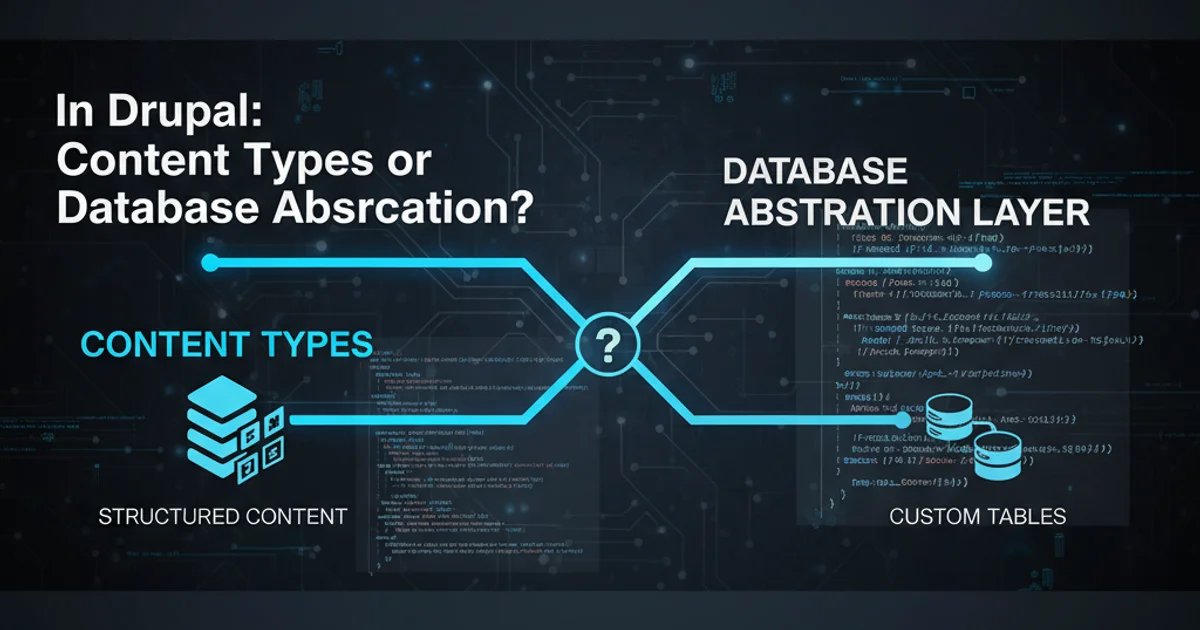How to load packages in R
Categories:
Mastering Package Loading in R: A Comprehensive Guide

Learn the essential methods for loading R packages, understanding their nuances, and managing your R environment effectively for data analysis and statistical computing.
R is a powerful statistical programming language, and its strength lies significantly in its vast ecosystem of packages. These packages extend R's functionality, offering specialized tools for everything from data manipulation and visualization to machine learning and bioinformatics. To leverage these capabilities, you must first know how to load them into your R session. This guide will walk you through the fundamental methods for loading packages, explain the differences, and provide best practices for efficient package management.
Understanding R Packages and Libraries
Before diving into loading, it's crucial to understand the distinction between a 'package' and a 'library' in R. A package is a collection of functions, data, and compiled code in a well-defined format. It's the unit of organization for R code. A library (or more accurately, a 'library directory') is a directory on your file system where installed packages reside. When you install a package, R places it into one of your library directories. When you 'load' a package, you're making its functions and datasets available for use in your current R session.
flowchart TD
A[R Package] --> B{"Installed in Library Directory"}
B --> C[Library Directory (e.g., .libPaths())]
C --> D{"Load Package into R Session"}
D --> E["Functions & Data Available"]
E --> F["Use in R Code"]
A -- "Contains" --> G["Functions, Data, Code"]
G -- "Accessed by" --> EConceptual flow of R package installation and loading
Loading Packages with library() and require()
The two primary functions for loading installed packages into your R session are library() and require(). While they often seem interchangeable, there are subtle but important differences, especially in programmatic contexts.
# Load the 'ggplot2' package
library(ggplot2)
# Load the 'dplyr' package
require(dplyr)
Basic usage of library() and require()
library() and require() will throw an error. Use install.packages("packagename") for installation.Differences Between library() and require()
The main difference lies in how they handle missing packages and their return values:
library(packagename): This is the most commonly used function. If the package is not found, it will stop execution and throw an error. It does not return a value.require(packagename): This function is designed for use inside conditional statements or functions. If the package is not found, it will issue a warning but will not stop execution. Instead, it returns a logical value (TRUEif the package was successfully loaded,FALSEotherwise). This makes it suitable for scenarios where you want to check for a package's availability without halting your script.
# Example demonstrating the difference
# This will throw an error if 'NonExistentPackage' is not installed
# library(NonExistentPackage)
# This will issue a warning and return FALSE if 'NonExistentPackage' is not installed
if (!require(NonExistentPackage)) {
message("NonExistentPackage not found, proceeding without it.")
}
# A common pattern for conditionally installing and loading
if (!require("dplyr", quietly = TRUE)) {
install.packages("dplyr")
library("dplyr")
}
Illustrating library() vs. require() behavior and conditional loading
quietly = TRUE argument in require() suppresses the startup messages that packages often display when loaded, making your console output cleaner.Managing Multiple Packages and Best Practices
In a typical R project, you'll often need several packages. Here are some best practices for managing them:
- Load all necessary packages at the beginning of your script: This makes your dependencies clear and ensures everything is ready before your main code runs.
- Use
pacman::p_load()for convenience: Thepacmanpackage provides a functionp_load()that can install and load multiple packages in one go, checking if they are already installed. This is highly recommended for reproducible workflows. - Specify package versions for reproducibility: For critical projects, consider using tools like
renvorpackratto manage project-specific libraries and ensure exact package versions are used. - Avoid
attach(): Whileattach()can make objects from a data frame or list directly accessible, it can lead to masking issues and is generally discouraged in favor of explicit referencing (e.g.,df$column) or using functions from packages likedplyr.
# Install and load multiple packages using pacman
if (!require("pacman")) install.packages("pacman")
p_load(ggplot2, dplyr, tidyr, readr)
# This single line is equivalent to:
# library(ggplot2)
# library(dplyr)
# library(tidyr)
# library(readr)
Efficient package loading with pacman::p_load()
1. Step 1: Identify Required Packages
Determine which R packages are essential for your analysis or script. Make a list of these packages.
2. Step 2: Install Missing Packages
For any package not yet installed, use install.packages("PackageName"). You only need to do this once per package per R installation.
3. Step 3: Load Packages into Session
At the beginning of your R script or interactive session, use library(PackageName) for each required package. For more robust scripts, consider require() within conditional checks or pacman::p_load().
4. Step 4: Verify Loaded Packages
Optionally, use search() or sessionInfo() to see which packages are currently loaded and attached to your R session.